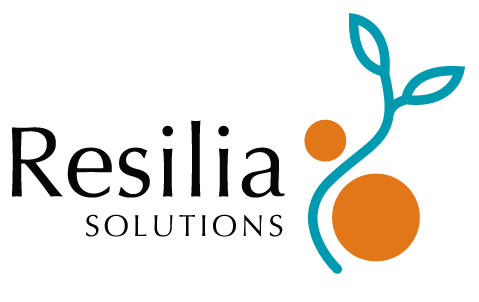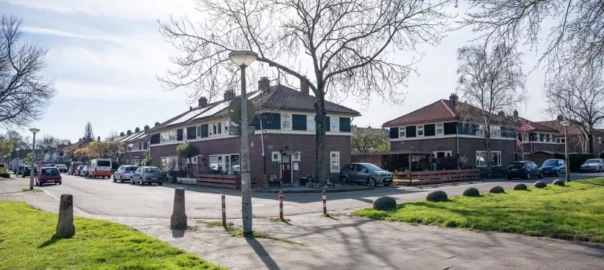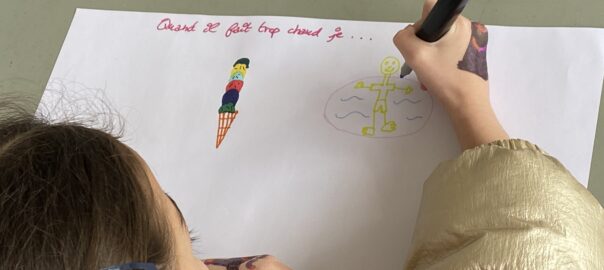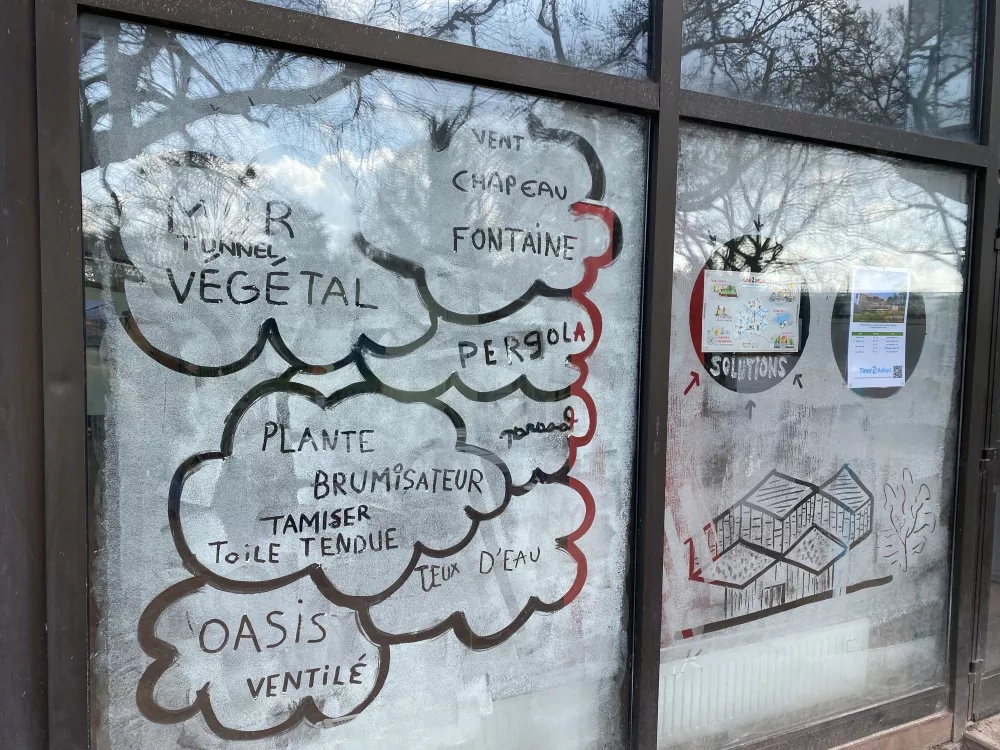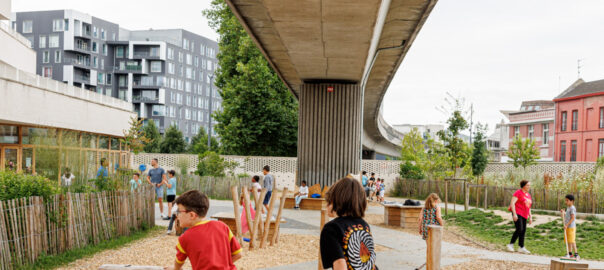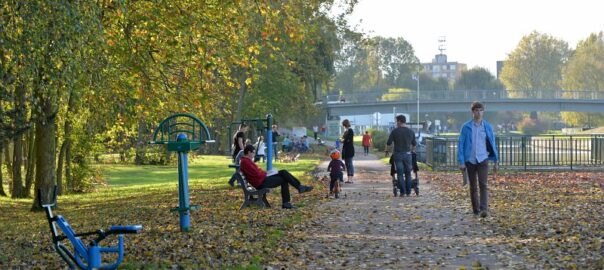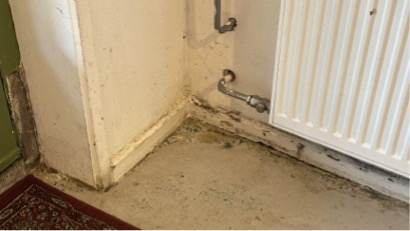
Tuindorp Oostzaan’s housholds issues © GfW
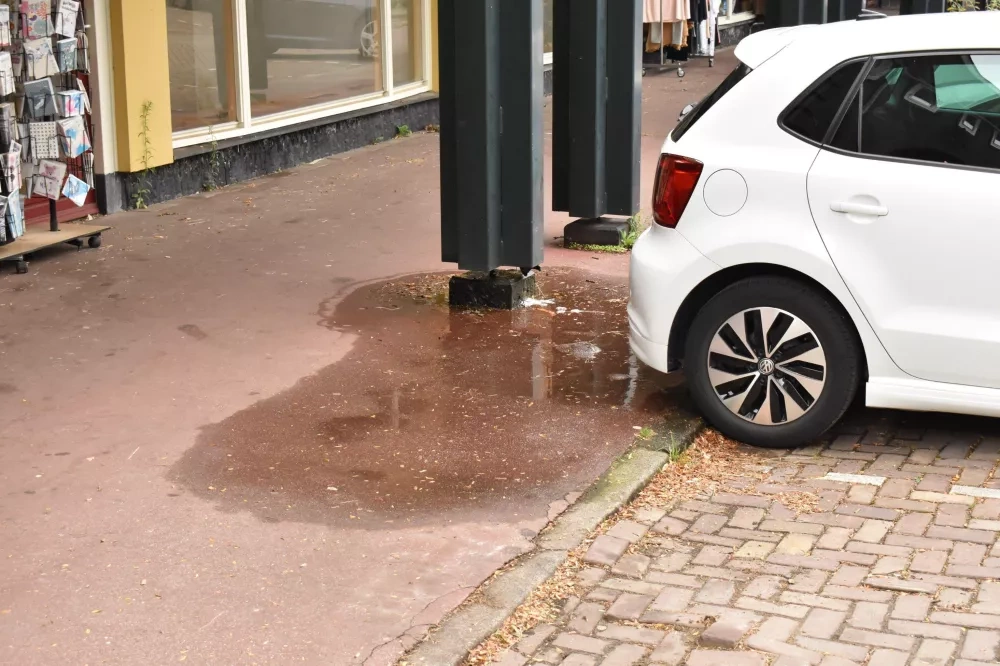
Tuindorp Oostzaan’s flooding issues © GfW
Your house is sinking into the soil. It seems unstable on the floor. Cracklings appear on the external walls. Your indoor walls are full of mold and fungus. And now, heavy rain makes you walk in water in your garden, all around your house, in your neighbourhood. The trees don’t stay put and fall. Your health is seriously affected.
You’re not in an episode of ‘Extrapolations’. This is the reality of the 17 000 inhabitants of Tuindorp Oostzaan, in Amsterdam.
Once an ideal garden city neighbourhood in the Northen part of Amsterdam and designed according to the concepts of community spirit, greenery, village-like atmosphere, it faces nowadays increasing challenges related to houses and neighbourhood structural issues, worsening with years and climate change.
Most of the underlying issues, such as groundwater management are not to be seen by untrained eyes. Yet, they will be the key focus of the two main renovation activities of the EUI Ground for Well-Being (GfW) project: the redesign and transformation of the Plejadenplein – a main square in the centre of the neighbourhood – and the redesign of the main mobility axis of the area, Meteorenweg.
GfW seeks to tackle both the physical problems caused by the difficult soil and the social challenges in the neighbourhood in an integrated manner. Seven key components form the core of the project, before climate change worsens even more the situation.
